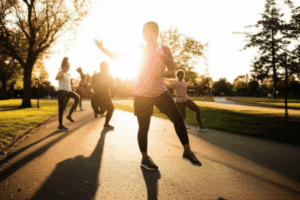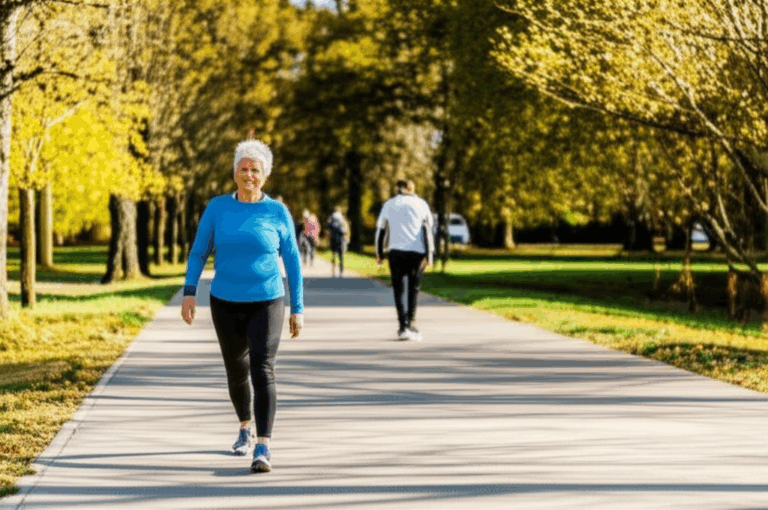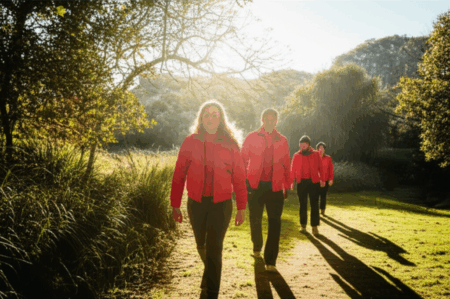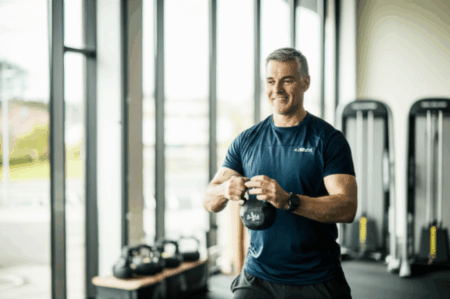As we navigate the journey of aging, maintaining physical and cognitive vitality becomes paramount. While running has long been lauded for its cardiovascular benefits, for many over 50, the high-impact nature can be taxing on joints and increase injury risk. Fortunately, walking, often underestimated, emerges as a powerful, low-impact alternative, offering a unique set of anti-aging advantages that can even surpass running in certain aspects for older adults.
Walking is a simple, accessible exercise that can significantly contribute to a healthier, longer life. It helps maintain mobility, balance, and coordination, and can reduce the risk of falls and related injuries. Studies link regular walking to better heart health, brain health, memory, and mental well-being, all crucial factors in reversing the signs of aging.
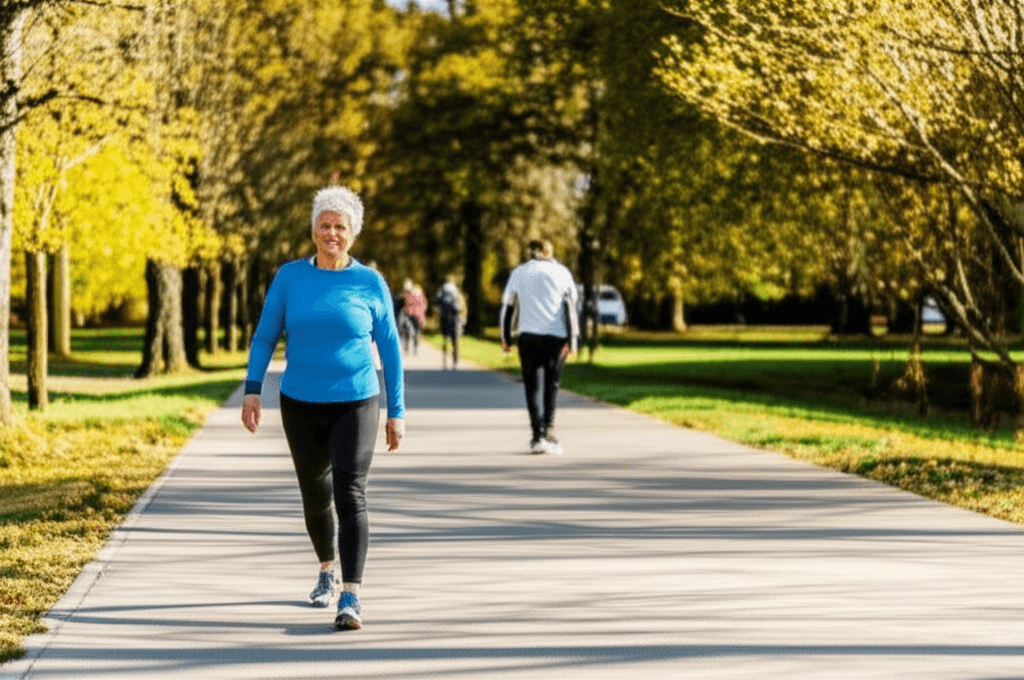
Why Walking Can Be Better Than Running for Anti-Aging After 50
For individuals over 50, the body’s needs evolve, and fitness routines should adapt accordingly. While running offers benefits like improved cardiovascular health and calorie burning, it is also high-impact, potentially leading to increased injury risk, especially for those with existing joint issues, osteoarthritis, or balance concerns. Walking, on the other hand, provides a productive, low-impact way to stay active and healthy, being gentler on the joints while still delivering substantial health advantages. It can enhance cardiovascular fitness, strengthen muscles, improve balance, and even uplift mood and mental well-being without the added strain.
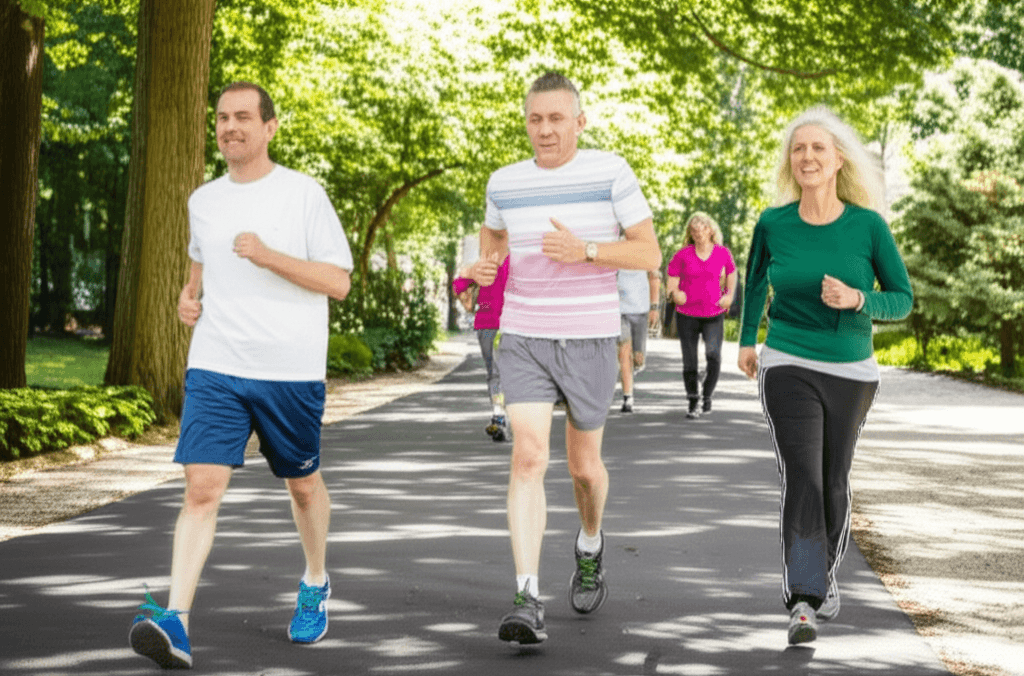
Top Walking Exercises to Reverse Aging
Here are six walking exercises and strategies that can help reverse the aging process, offering comprehensive benefits for mind and body after 50:
1. Brisk Walking
Brisk walking is a cornerstone of an anti-aging fitness regimen. It’s defined as a pace fast enough that you can talk but not sing. This moderate-intensity aerobic exercise is recommended for at least 150 minutes per week for older adults.
How it helps reverse aging:
- Cardiovascular Health: Brisk walking significantly improves heart health, lowers blood pressure, and boosts circulation, reducing the risk of heart disease and stroke.
- Cognitive Function: Regular brisk walks are linked to better brain function, improved memory, and a reduced risk of dementia.
- Cellular Health: Research suggests that boosting your average walking speed can slow certain signs of aging, such as the shortening of telomeres, by as much as 16 years by midlife.
- Weight Management: It helps maintain a healthy body weight and can burn excess calories.
2. Incline Walking
Incorporating inclines, whether uphill outdoors or on a treadmill, adds a new dimension to your walking routine.
How it helps reverse aging:
- Increased Cardiovascular Challenge: Walking on an incline elevates your heart rate more than walking on a flat surface, providing a greater cardiovascular boost and improving endurance.
- Enhanced Muscle Strengthening: It targets and strengthens multiple lower body muscles, including the calves, hamstrings, quadriceps, and glutes, as well as the core, helping to build strength and stability. This also helps prevent age-related muscle loss.
- Joint-Friendly Intensity: While more challenging, incline walking remains low-impact, reducing stress on joints compared to running, making it ideal for older adults.
- Fall Prevention: Walking with an incline challenges balance and can be an effective way to resist falls, particularly for those over 50.
3. Interval Walking (Japanese Walking Method)
Interval walking, also known as High-Intensity Interval Walking Training (HIWT) or the Japanese Walking Method, involves alternating between short bursts of high-intensity walking and periods of lower-intensity recovery. A common method is three minutes of brisk walking followed by three minutes of slow walking, repeated for 30 minutes, four times a week.
How it helps reverse aging:
- Cardiovascular and Metabolic Health: This method strengthens the heart, improves blood pressure, and enhances metabolic function, including insulin sensitivity and glucose metabolism, reducing the risk of age-related diseases.
- Improved Endurance and Stamina: By challenging the cardiovascular system in short bursts, it helps the body adapt and recover quickly, boosting overall endurance.
- Muscle Strength: Interval walking can lead to greater increases in leg and thigh muscle strength.
- Cognitive Benefits: It has been shown to improve cognitive function, reduce symptoms of depression, and enhance sleep quality.
4. Rotation Walking
Rotation walking involves walking slowly while exaggerating your arm swing, pressing the opposite arm forward with each step.
How it helps reverse aging:
- Spinal Mobility and Back Health: As we age, trunk rotation can decrease, leading to back pain and reduced mobility. Rotation walking helps maintain spinal mobility, decreases pain, and supports overall flexibility.
- Improved Digestion: Maintaining spinal mobility through rotation can also contribute to improved digestion.
5. Walking Backwards (Retro Walking)
Walking backward might feel unusual, but it offers unique benefits for healthy aging.
How it helps reverse aging:
- Enhanced Balance and Coordination: Walking backward engages the body’s vestibular system, significantly boosting balance and coordination. This is crucial for reducing the risk of falls, a major concern for older adults.
- Strengthens Different Muscle Groups: It engages different leg and core muscles than forward walking, particularly strengthening the quadriceps, hamstrings, and ankle muscles.
- Cognitive Boost: The unfamiliar movement challenges the brain, enhancing focus, coordination, body awareness, and potentially even memory function.
- Reduced Knee Pain: For those with knee osteoarthritis, walking backward can be less painful and help strengthen the quadriceps, leading to a reduction in knee pain.
6. Incorporating “Fitness Moments” (Bodyweight Exercises During Walks)
Integrating simple bodyweight exercises into your walks can significantly enhance their anti-aging benefits. For example, for every 15 minutes of walking, stop and perform 10 to 15 bodyweight squats. Other exercises like lunges can also be incorporated.
How it helps reverse aging:
- Strength Building: Exercises like squats and lunges are highly effective for building lower body strength, targeting glutes, quadriceps, and hamstrings, which are essential for maintaining functional strength and preventing age-related muscle loss (sarcopenia).
- Improved Balance and Stability: Compound movements like squats improve balance and stability, reducing fall risk.
- Increased Cardio Capacity: Adding these short bursts of strength work into your walk further challenges your cardiovascular system.
- Bone Density: Weight-bearing exercises like squats contribute to improved bone density, helping to combat osteoporosis.
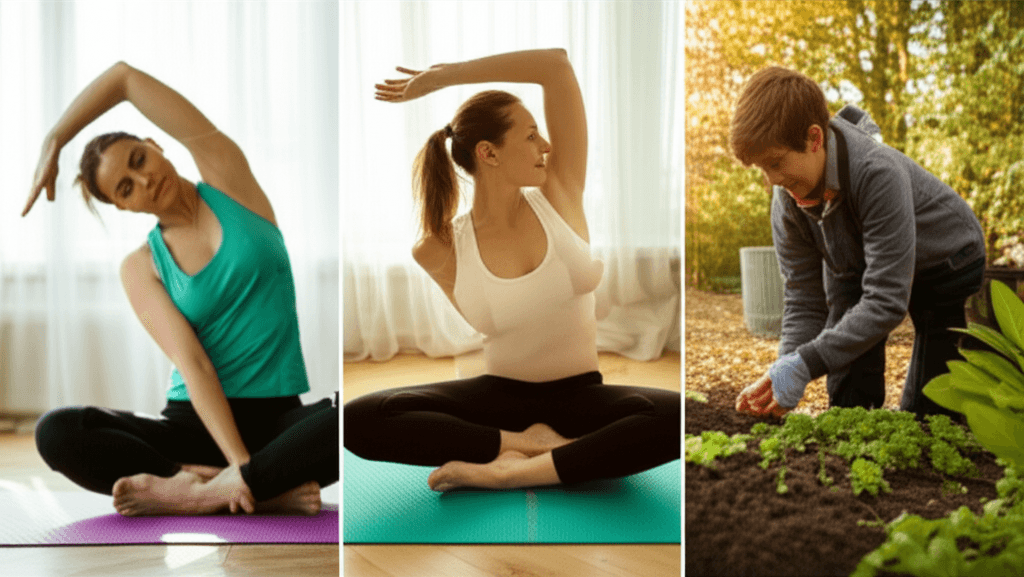
Getting Started and Staying Consistent
Consistency is the most important workout strategy. Aim to incorporate a regular walking habit into your routine, even if it’s just for 10 minutes initially. Gradually increase duration, intensity, and variety as your fitness improves. Always listen to your body and consult a healthcare professional before starting any new exercise regimen, especially if you have underlying health conditions.
By embracing these varied walking exercises, individuals over 50 can proactively combat the effects of aging, fostering greater strength, balance, cognitive function, and overall well-being for a healthier, more vibrant life.

